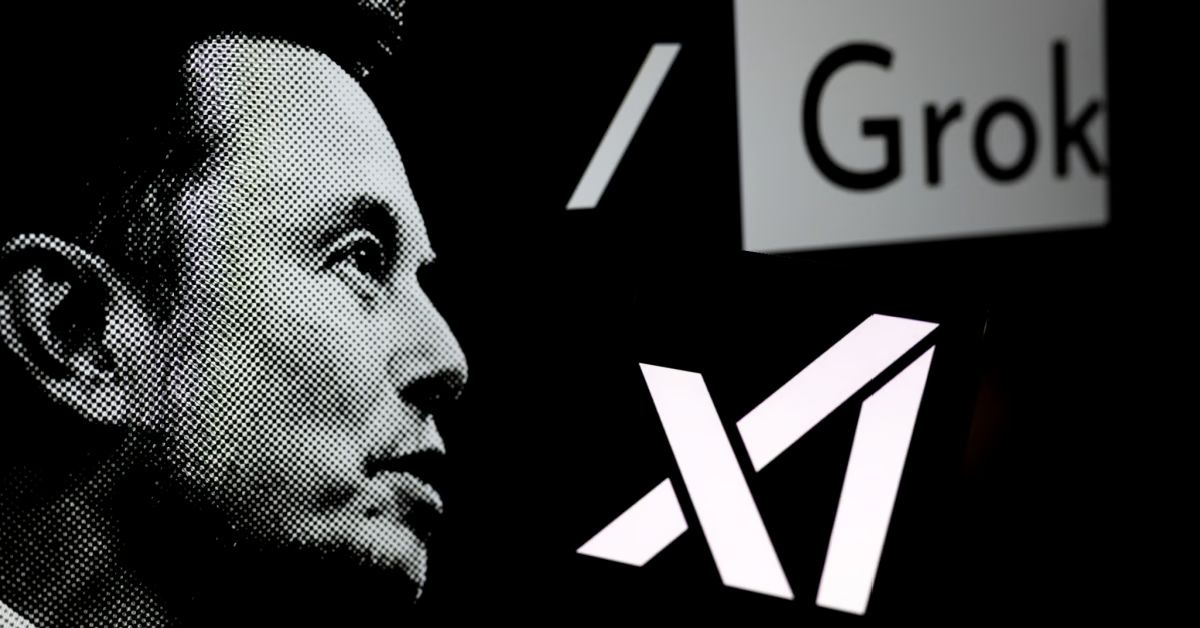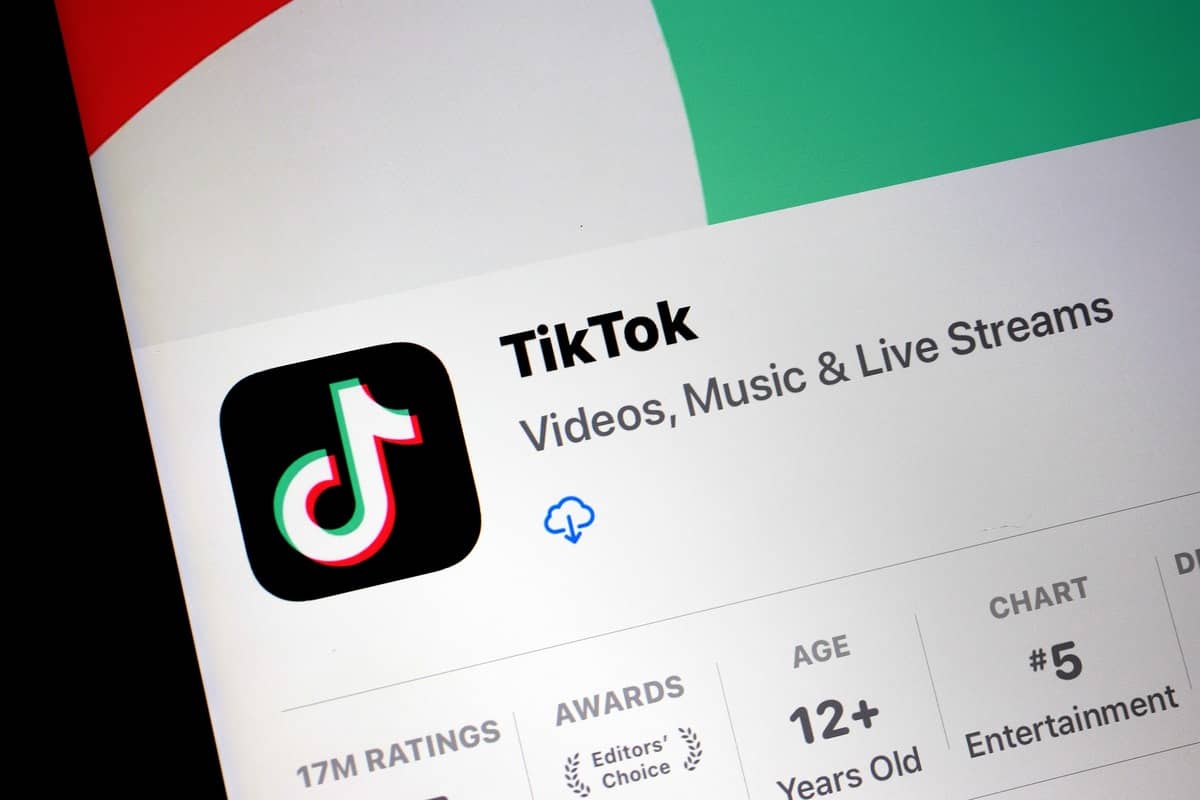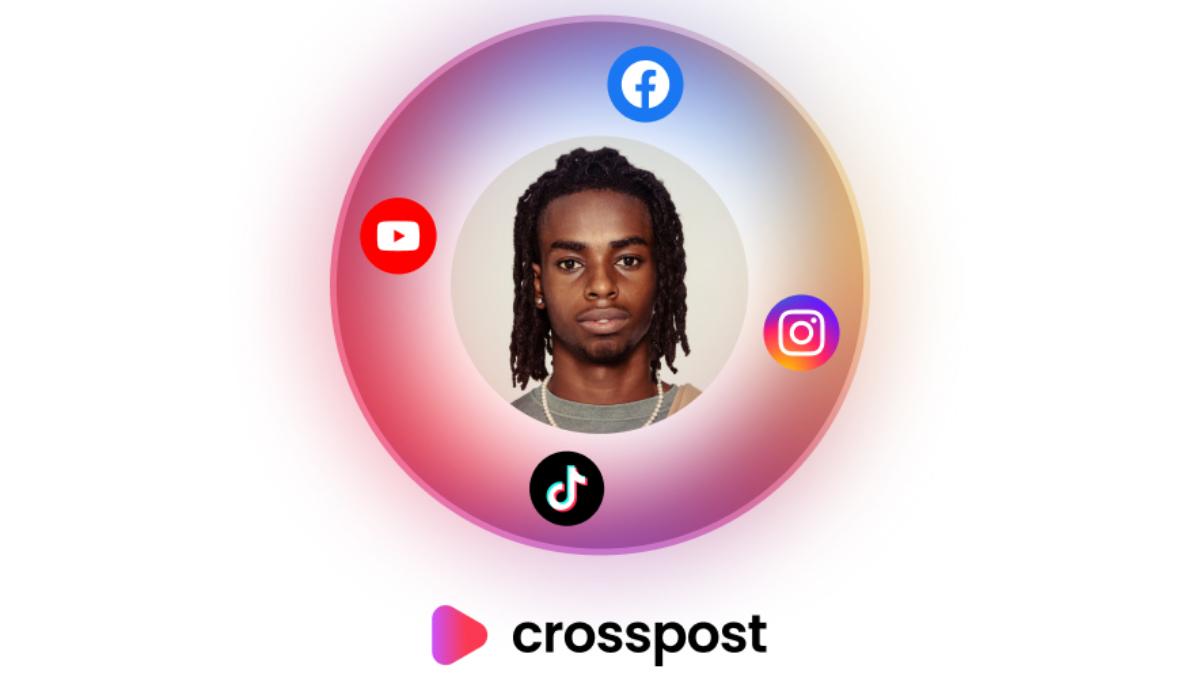A viral trend listing U.S. cities with the “finest women” has taken over social media, igniting widespread conversation and playful debate. The unofficial rankings have been shared thousands of times across platforms including Instagram, TikTok, and X (formerly Twitter), with users weighing in on which cities belong—and which don’t.
Miami Tops the Viral List
Miami, Florida, frequently takes the top spot in these user-generated rankings. Other cities often included are Los Angeles, New York City, Atlanta, and Houston. These urban centers are commonly praised for their cultural diversity, nightlife, fashion scenes, and overall lifestyle appeal.
A typical top 10 list based on viral posts includes:
| Rank | City |
|---|---|
| 1 | Miami, FL |
| 2 | Los Angeles, CA |
| 3 | New York City, NY |
| 4 | Atlanta, GA |
| 5 | Houston, TX |
| 6 | Chicago, IL |
| 7 | San Diego, CA |
| 8 | Washington, D.C. |
| 9 | Dallas, TX |
| 10 | Las Vegas, NV |
These rankings are not based on official data or scientific research but instead reflect aggregated mentions and user opinions from social media content.
Why It’s Trending
The viral nature of the list stems from a mix of entertainment, local pride, and curiosity about cultural and regional differences. Users have been quick to defend their hometowns or debate the inclusion—and exclusion—of certain cities. Some share personal anecdotes, while others repost the list with humor or commentary.
Critics Point Out Flaws
Despite its popularity, the list has drawn some criticism. Commentators note that beauty is subjective and culturally shaped, and such rankings can unintentionally reinforce stereotypes. Others stress that while the list is meant to be lighthearted, it risks oversimplifying or objectifying the diversity of women across different regions.
Experts and media outlets remind viewers to interpret the list as a social media trend rather than a serious evaluation.
A Reflection of Social Media Culture
Ultimately, the viral list of cities with the “finest women” offers a glimpse into how online culture blends humor, personal identity, and regional rivalry. It serves as a digital snapshot of what sparks conversation—and contention—in today’s fast-moving internet landscape.











